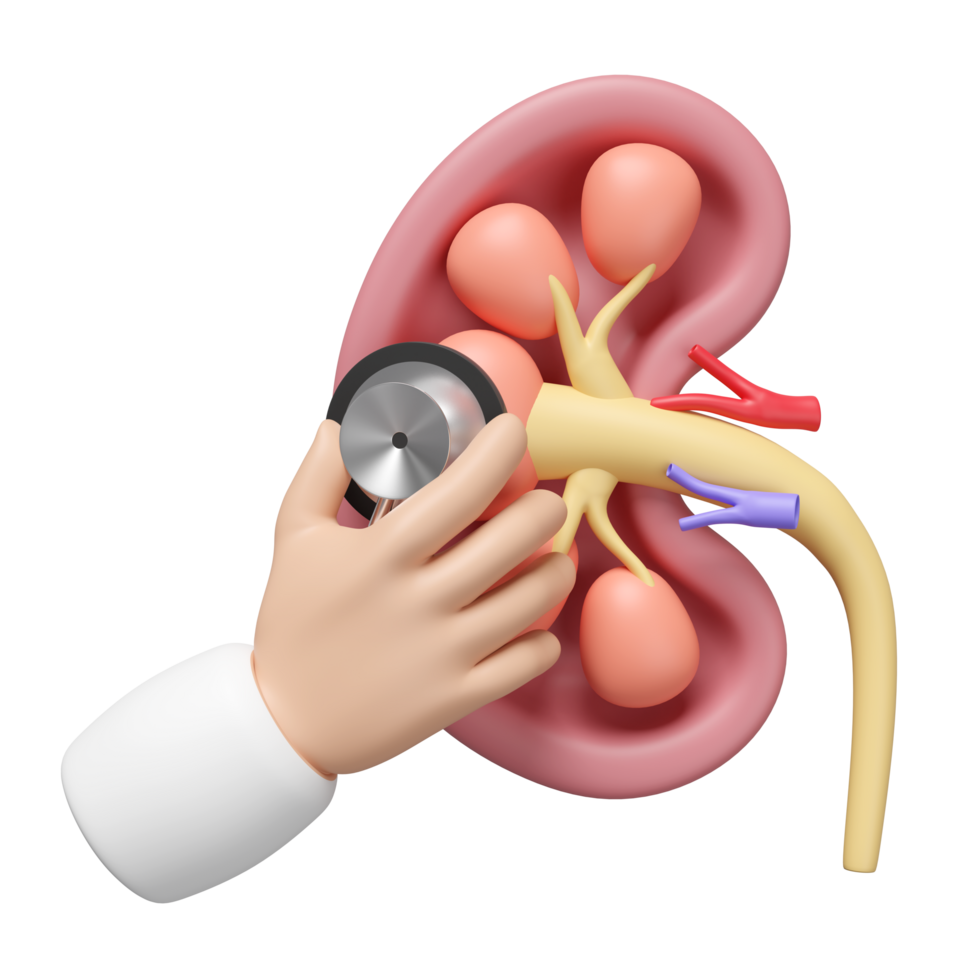What is OAB?
When you have OAB, even when your bladder isn’t completely full, you experience a strong urge to pass urine. The bladder can be extremely sensitive at times. Sometimes, even when you don’t want to, the bladder will squeeze to release urine.
Symptoms
The three primary symptoms are:
• A sudden urge to urinate. People fear that if they don’t find a bathroom immediately, they would leak urine because of this “gotta go” feeling. You might have OAB if you feel the need to “go” eight or more times a day and night or if you worry about urine leaking. Urinating frequently, both throughout the day and at night. OAB has the ability to wake someone up so they can urinate more than once during the night.
• Incontinence, which is the tendency to leak urine when you feel the need to go. While some people may have a rapid rush, others may only leak a few drips.
How is OAB Diagnosed?
- find out if your symptoms are caused by OAB, your health care team will likely:
- Inquire about your medical history, including symptoms, medications, and daily food and beverage intake.
- Perform a physical examination to check for potential causes of symptoms.
- Place test orders as necessary. One of these is a urine test (to ensure that your pee is free of infections or other issues).
- Encourage you to record how frequently you urinate and when you leak pee in a bladder diary.
- Examine further medical conditions and variables that might be connected to your symptoms. These include smoking, anxiety/depression, sleep apnea, obesity, and constipation.
How is OAB Treated?
- Lifestyle Changes. Among the adjustments could be:
- Reducing alcohol and caffeine intake, which could cause your body to produce more urine.
- Timed urination. This indicates that you adhere to a daily restroom routine. You go at specific intervals throughout the day rather than whenever you feel the need. Whether you feel compelled to or not, you can attempt to go every two to four hours. Regaining control and avoiding that sense of urgency are the objectives. Delays in voiding. Here’s where you practice holding off on urinating even when you need to. You wait for a few minutes at first. You could eventually be able to hold off for two or three hours at a time. prescription medications. The bladder muscle can be relaxed by a variety of medication types.
Bladder Botox® Treatments. Botox® relaxes the muscle of the bladder wall. It can help the bladder muscles from squeezing too much.

